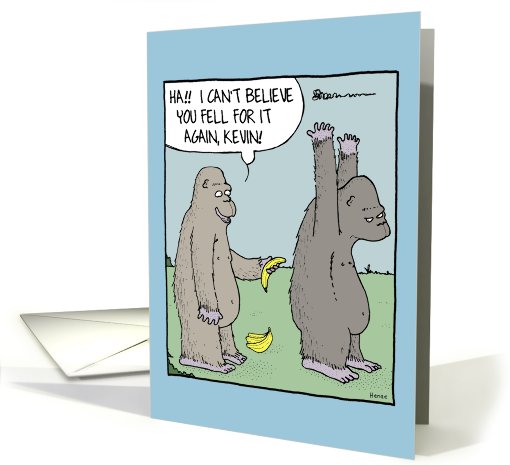International Jazz Day — April 30
Presented each year in conjunction with Thelonious Monk Institute of Jazz, International Jazz Day is intended to emphasize jazz and its role in uniting people worldwide, highlight the power of jazz as a force for freedom and creativity, promote intercultural dialogue through respect and understanding, and unite people from all corners of the globe. Herbie Hancock, award winning jazz pianist and composer, is the United Nations Educational, Scientific and Cultural Organization Goodwill Ambassador.
Born in the US, jazz has traveled the world as a music of tolerance, freedom and human dignity. It is widely acknowledged that New Orleans is the birthplace of jazz.
President Barack Obama and First Lady Michelle Obama will be hosting a concert at the White House that will be televised on ABC. Performing at the concert will be Herbie Hancock, Diana Krall, Al Jarreau, Sting, Aretha Franklin, among others.
Washington, DC is the 2016 Global Host City. Free jazz performances, master classes, improvisational workshops, round table discussions, education programs, jam sessions, and community outreach initiatives at museums, embassies, schools, hospitals, jazz clubs, senior centers, train stations, arts centers, recreation centers and parks across Washington, D.C., all 50 states, and 190 countries.
As an extension of International Jazz Day, the Thelonious Monk Institute of Jazz will sponsor Math, Science & Music, a free education program with games, apps and online components that use music to teach math and science to K-12 and college students. There is a growing need for students to gain skills and knowledge in science, technology, engineering and math (STEM) subjects in a creative way, and this program addresses that.
Greeting Card Universe National Jazz Day cards https://www.greetingcarduniverse.com/holidays/nationalandinternationaldays/internationaljazzdayapril30



